Unlike clinical applications, imaging in community medicine generates large amounts of imaging data from a large number of volunteers, with no specific question in mind for imaging. Analyses are typically performed on a large subject pool. Furthermore, such datasets can be analyzed over very long periods of time, so that analysis results should remain comparable with old studies. For this purpose, it must be guaranteed that the criteria according to which quantitative results are generated in the context of such an analysis are applied in the same way even after a longer period of time.
The aim of the overall project is to use visual analytics methods instead of many individual analysis methods for different questions in order to adapt a small pool of methods to the different questions using expert knowledge. The project goal of the Image Processing / Image Understanding WG in this project is to investigate and develop adaptable geometric models to represent shape and appearance for object detection in MR images. Suitable methods for model-based segmentation will also be investigated. The models should be able to be intuitively generated and parameterized by an image processing layman. We start from the hypothesis that even in the case of structures that are difficult to segment (low or partially non-existent contrast to the background, disturbances due to noise and artifacts), the information in the data is large enough to be successful with a very approximate, geometric model that can be adapted to a variety of tasks by means of a few parameters.
The basis for our work is the hierarchical and non-hierarchical deformable models developed in the research group. The deformability allows the description of patient-independent features of an organ class. It can be varied by a few parameters and describes acceptable variations of shape, appearance and (in the hierarchical variant) configuration of a sought structure. The goal is to find out what is an appropriate representation for inherent variation, what are the limitations of a prototypical model for describing individual variation, how user interaction can be usefully employed to correct model errors, and how models can be optimized (i.e., in a sense, learn) through user interaction without the objectivity of the analysis suffering as a result of the interaction.
Contact
Publications
2019 |
|
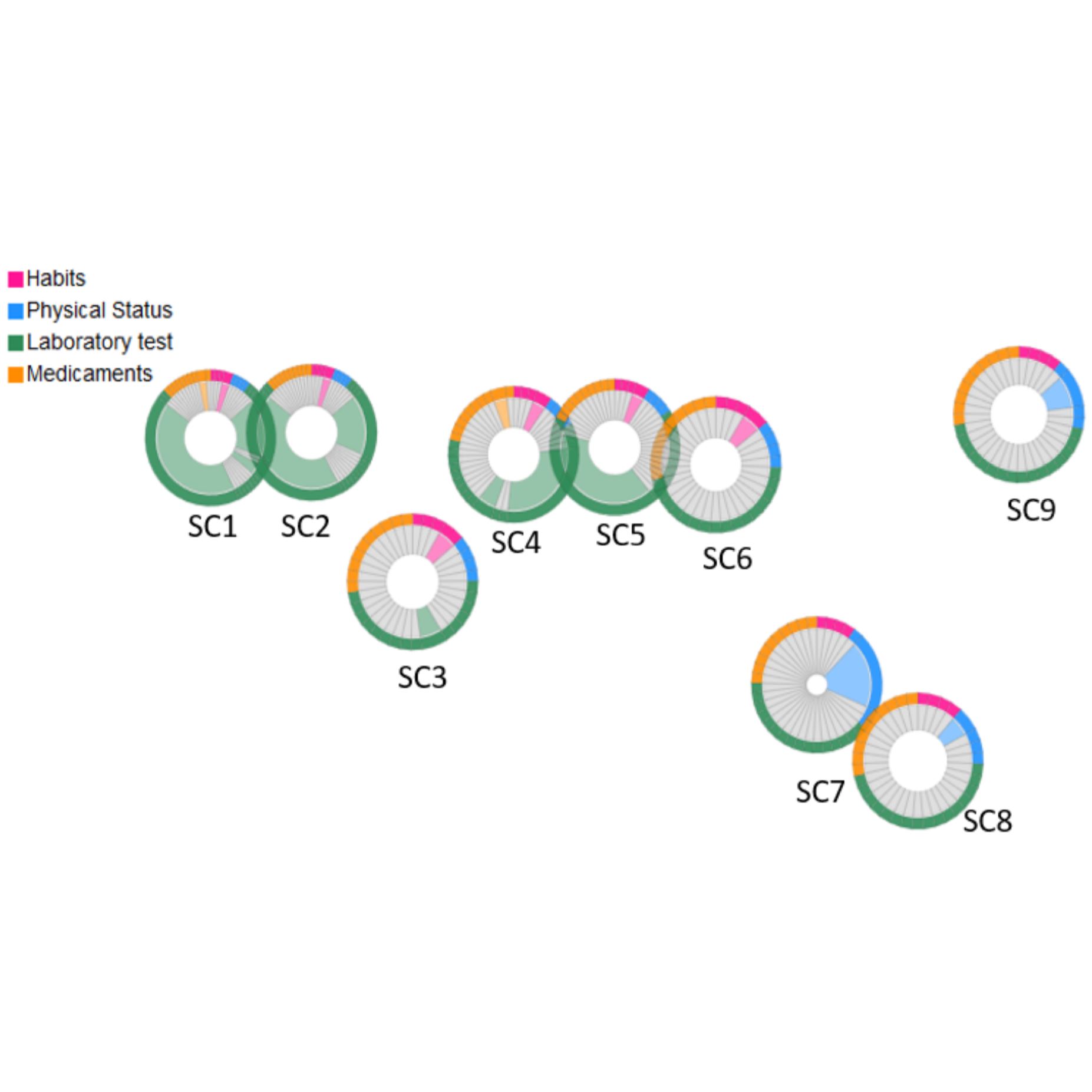 | Visual Analytics for Epidemiological Cohort Studies Inproceedings Proc. of Eurographics Medical Price, 2019. |
2016 |
|
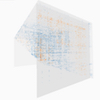 | Interactive Visual Analysis of Population Study Data PhD Thesis Otto-von-Guericke University Magdeburg, 2016. |
2015 |
|
 | 3D Regression Heat Map Analysis of Population Study Data Journal Article IEEE Transactions on Visualization and Computer Graphics (TVCG), 22 (1) (1), pp. 81–90, 2015. |
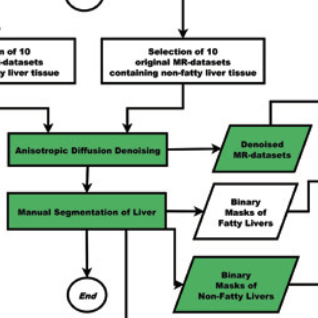 | Image analysis in epidemiological applications Journal Article it - Information Technology, 57 (1), pp. 22–29, 2015. |
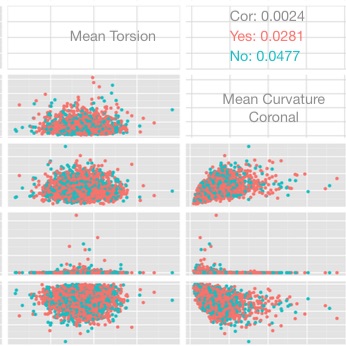 | Interactive Visual Analysis of Lumbar Back Pain Inproceedings Proc. of the 6th International Conference on Information Visualization Theory and Applications (IVAPP), pp. 85–92, Berlin, 2015. |
2014 |
|
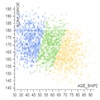 | Clustering Socio-demographic and Medical Attribute Data in Cohort Studies Inproceedings Bildverarbeitung für die Medizin (BVM), pp. 180–185, 2014. |
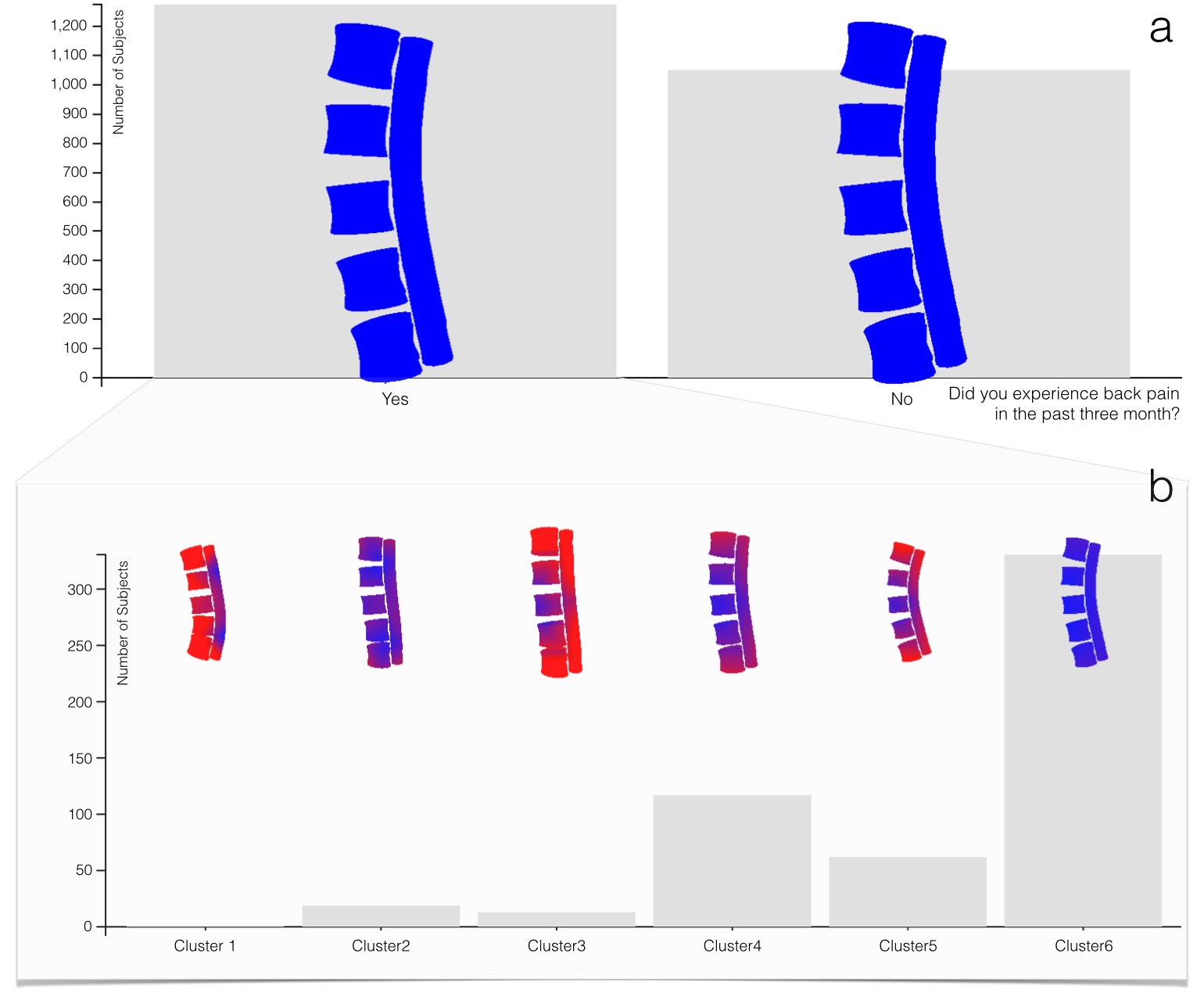 | Interactive Visual Analysis of Image-Centric Cohort Study Data Journal Article IEEE Transactions on Visualization and Computer Graphics (TVCG), pp. 1673–1682, 2014. |
2013 |
|
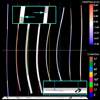 | Visualization and Analysis of Lumbar Spine Canal Variability in Cohort Study Data Inproceedings Favre, Michael Bronstein Jean; Hormann, Kai (Ed.): VMV 2013 - Vision, Modeling, Visualization, pp. 121–128, Lugano, 2013. |
2012 |
|
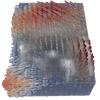 | Visualization and Exploration of Shape Variance for the Analysis of Cohort Study Data Inproceedings VMV 2012 - Vision, Modeling and Visualization, pp. 221–222, 2012. |
